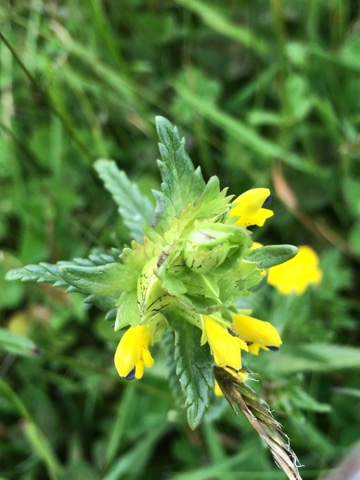 |
| Not new. But lovely. |
Perez's Frog Pelophylax perezi - I found out yesterday that the 'Marsh Frogs' at Ham Wall and Shapwick Heath are actually Perez's (or Iberian Green) Frogs. Which is pretty cool. They sounded exactly the same as Marsh Frog to me but these are my second amphibian in a month and my third new one this spring!
My trip to Ham Wall also added a couple of freshwater gastropods - Great Ramshorn Planobarius corneus and Great Pond Snail Lymnaea stagnalis. I was with my mate Lee looking for Dace amongst the plethora of Roach and Perch when we noticed gallons of these on the bottom.
After the Large Red Damselfly in South-west Scotland earlier in the month there were three new Odonata ticks in Somerset. The first was a freshly emerged female Emerald Damselfly Lestes sponsa struggling to get itself going in the cool morning air in Cannington where we were staying giving lovely views. A second Damsel that was seen hiding on lily-pads were a few Red-eyed Damselflies Erythroma najas which really were beautiful but always a little distant.
 |
| Green Shieldbug and Dock Bug |
 |
| Broad Centurian |
Wasp Beetle
 |
| Large Blue |
Another triumvirate, this time of hymenoptera were added with a single Sawfly, Bee and Ant added. The Turnip Sawfly Athalia rosae was chilling on a plant at Steart whilst an Ashy Mining Bee Andrena cinerarea was doing the same at the meadow reserve. The ant, Myrmica sabuleti, is the host of the large blue larvae and was seen commonly around the thyme which sheltered most of their nests.
The last of the fortnights animals were two awesome spiders. We noticed huge tube-webs all over the meadow we were visiting and out popped a massive female Labyrinth Spider Agelena labyrinthica. This lass was super lovely as was another mother to be - a Nursery-Web Spider Pisaura mirabilis which was carrying around its eggs in a ball underneath.
As you can see - quite a haul and thats just the animals. As many plants again all for the next post...


























